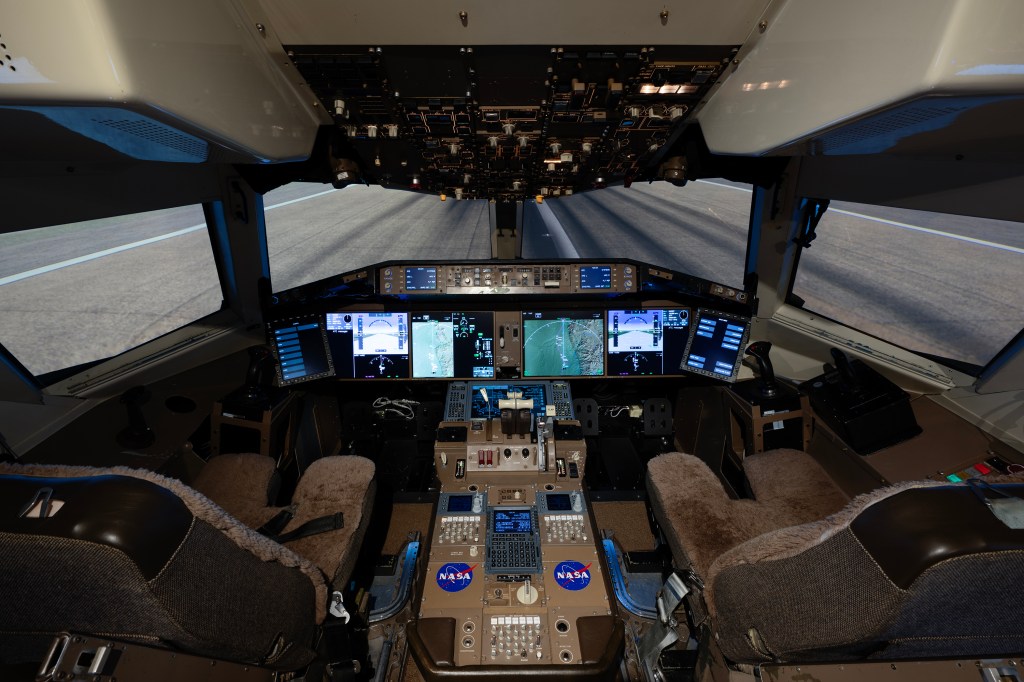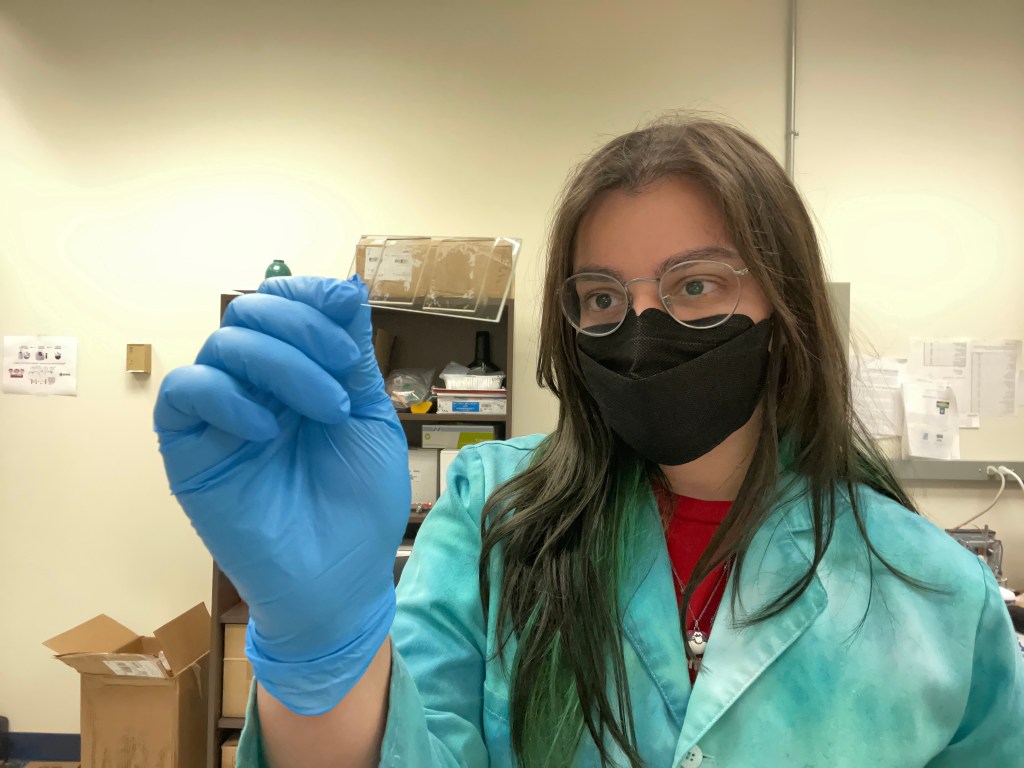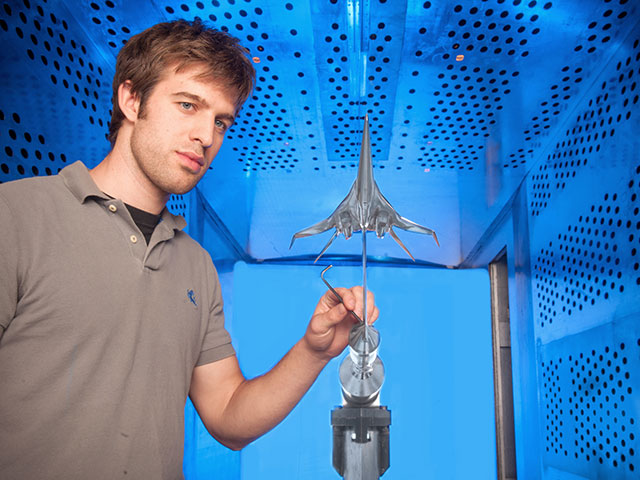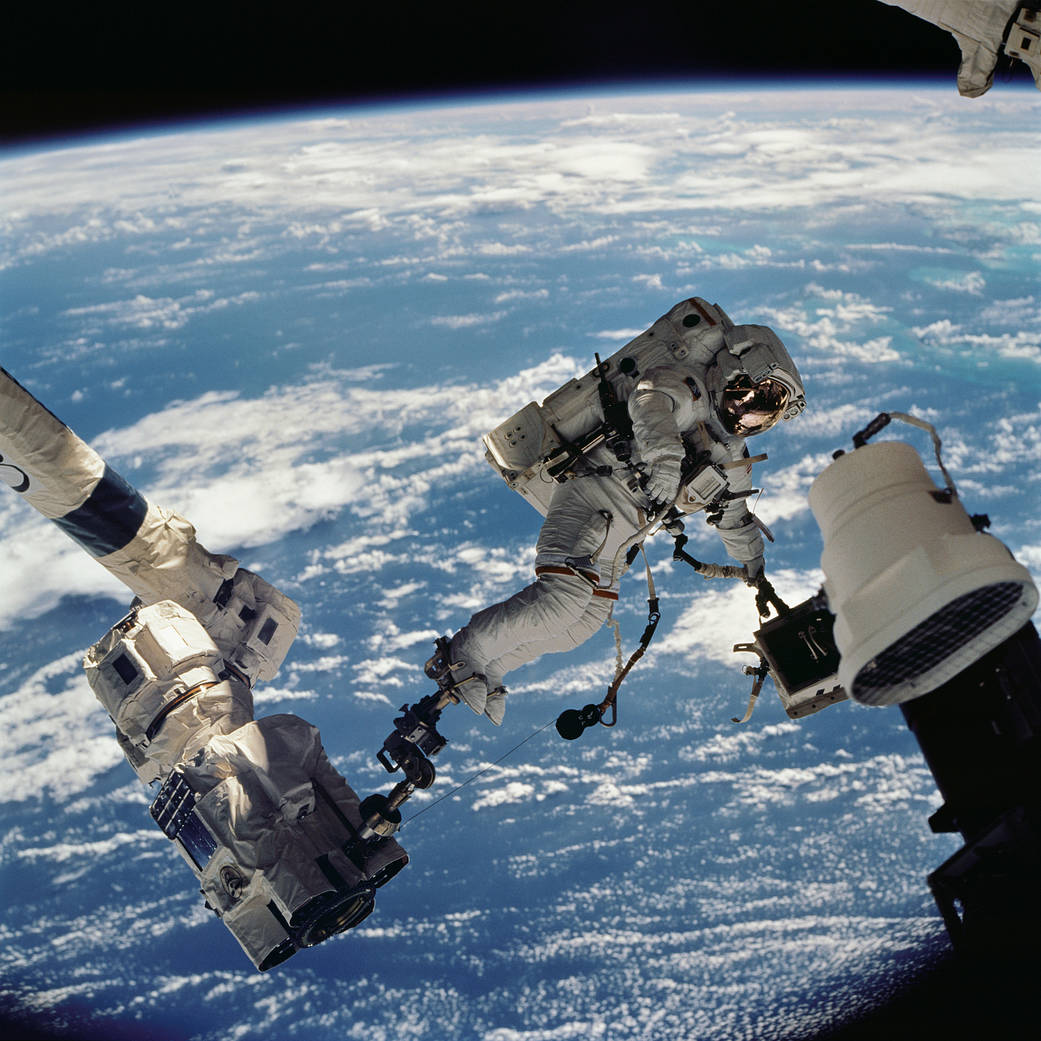This week in 2002, the space shuttle Atlantis, mission STS-112, lifted off from Pad 39B at NASA’s Kennedy Space Center to the International Space Station. STS-112 carried two primary payloads: the S1 integrated truss segment and the Crew and Equipment Translation Aid Cart A, the first of two human-powered carts that would ride along the space station railway, providing mobile work platforms for future spacewalking astronauts. Here, mission specialist David Wolf participates in the mission’s first extravehicular activity. Wolf is carrying the S1 outboard nadir external camera, which was installed on the end of the S1 Truss on the station. Today, the Payload Operations Integration Center at NASA’s Marshall Space Flight Center serves as “science central” for the International Space Station, working 24/7, 365 days a year in support of the orbiting laboratory’s science experiments. The NASA History Program is responsible for generating, disseminating and preserving NASA’s remarkable history and providing a comprehensive understanding of the institutional, cultural, social, political, economic, technological and scientific aspects of NASA’s activities in aeronautics and space. For more pictures like this one and to connect to NASA’s history, visit the Marshall History Program’s webpage. (NASA)
1 min read

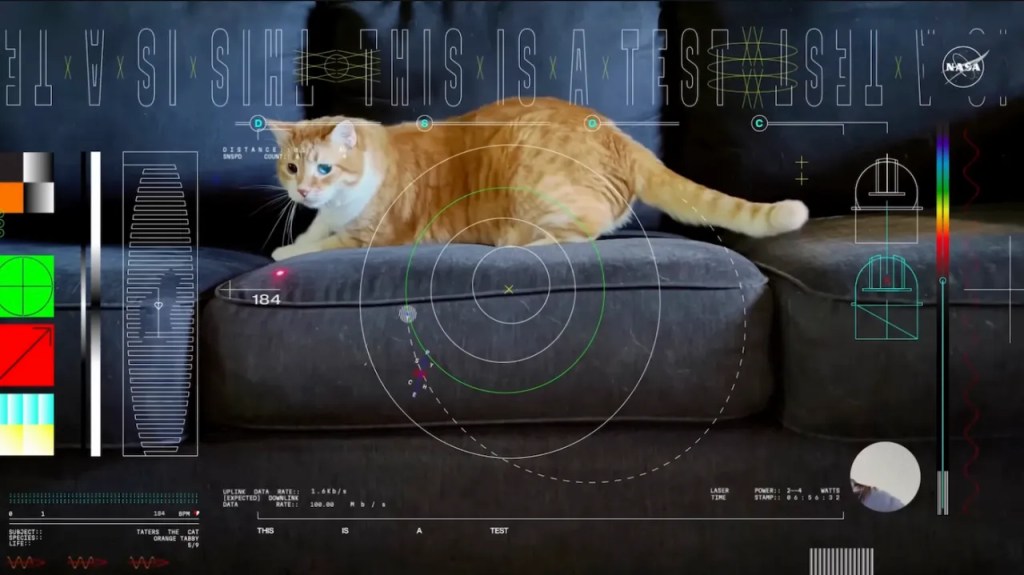
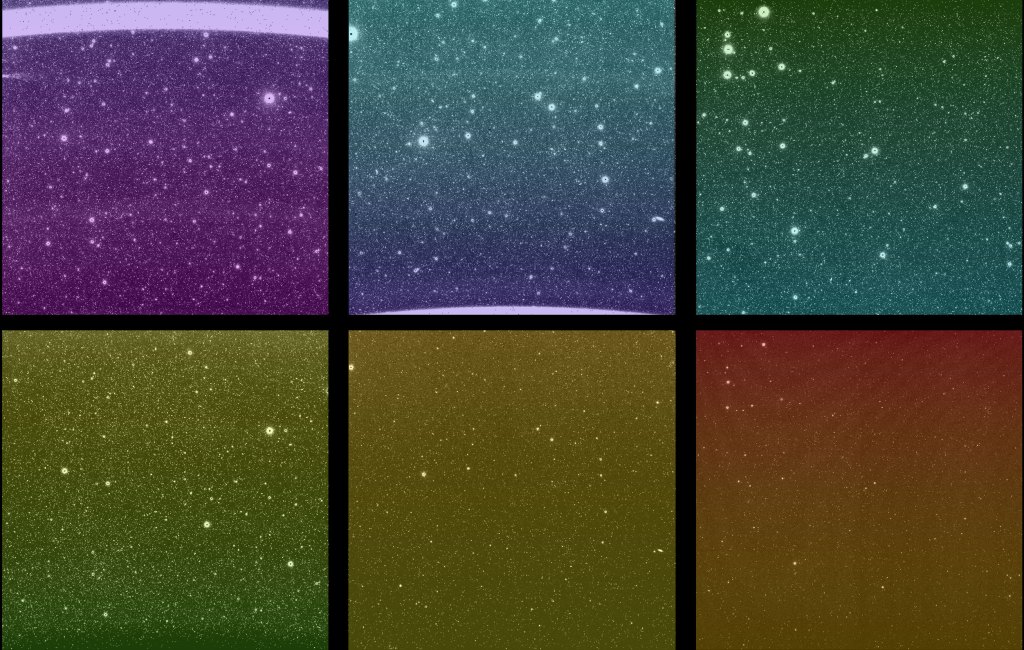


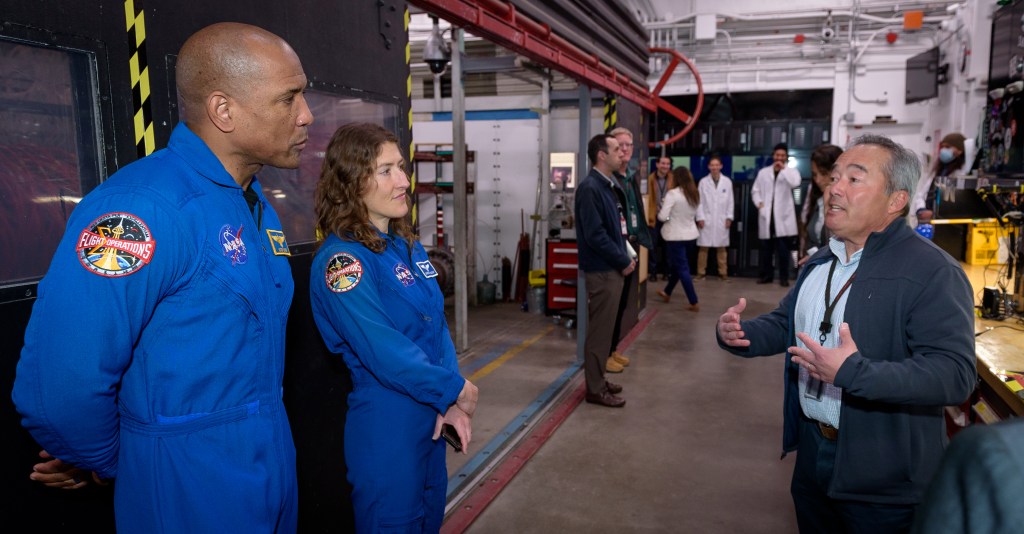












/quantum_physics_bose_einstein_condensate.jpg?w=1024)


